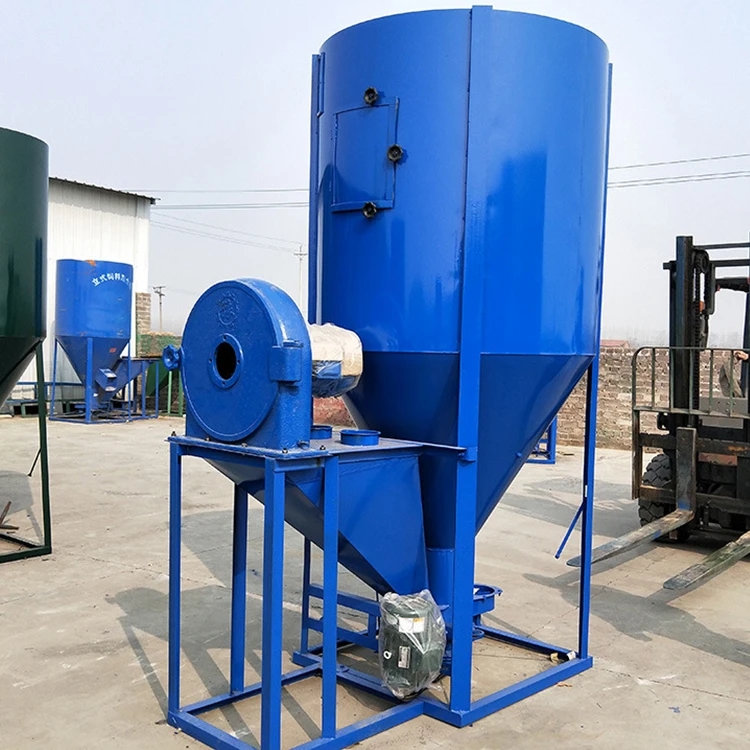Efficient Poultry Feed Pellet Production System for Optimal Livestock Nutrition
វិច្ឆិកា . 10, 2024 00:28 Back to list
Efficient Poultry Feed Pellet Production System for Optimal Livestock Nutrition
The Importance of Poultry Feed Pellet Machines in Modern Agriculture
In the realm of modern agriculture, the role of poultry feed pellet machines cannot be overstated. These machines are integral to the production of high-quality feed, tailored for various poultry species, including chickens, ducks, and turkeys. With the global poultry industry booming, the demand for efficient, cost-effective feed production methods has never been higher. This article explores the significance of poultry feed pellet machines, their functionality, benefits, and their impact on the agricultural sector.
Understanding Poultry Feed Pellet Machines
Poultry feed pellet machines are specialized equipment designed to convert raw feed ingredients into pellets, a form that is easier for birds to consume and digest. The process typically involves grinding raw materials into a fine powder, followed by mixing them with specific additives, and finally, using heat and pressure to form pellets. These machines can vary in size and capacity, ranging from small-scale models suitable for individual farms to large industrial units capable of producing tons of feed per hour.
Benefits of Using Feed Pellets
There are numerous advantages to utilizing pelletized feed in poultry farming. One of the primary benefits is improved feed efficiency. Pellets are more compact than loose feed, which means that animals can consume a more concentrated form of nutrients in each bite. This leads to better growth rates and overall health in poultry, reducing the time required to reach market weight.
Moreover, feed pellets minimize waste. Loose feed often results in spillage and contamination, leading to higher feed costs. Pelleting the feed reduces this waste, ensuring that more of the feed is consumed by the birds. Additionally, the pelletization process helps to keep the feed fresh for more extended periods, as the heat during production can eliminate pathogens and improve the shelf life of the feed.
poultry feed pellet machine

Enhancing Nutritional Value
Another critical advantage of poultry feed pellet machines is their capability to enhance the feed's nutritional value. Specific additives, such as vitamins and minerals, can be incorporated during the pelleting process to ensure that birds receive a balanced diet. This is particularly important in commercial poultry production, where health and productivity directly impact profitability.
Furthermore, the size and density of the pellets can be adjusted according to the age and species of the poultry, ensuring a customized approach to feeding. This flexibility allows poultry farmers to optimize their feeding strategies, leading to improved flock performance and lower feed conversion ratios.
Environmental Considerations
The poultry industry is under increasing pressure to adopt sustainable practices. Feed pellet machines play a crucial role in this regard. By minimizing waste and improving feed efficiency, these machines contribute to reducing the environmental impact associated with poultry farming. Additionally, the use of locally sourced ingredients in feed production, facilitated by pellet machines, can lower transportation emissions and support local economies.
Conclusion
In conclusion, poultry feed pellet machines are a vital component of modern poultry farming. They not only enhance the efficiency and effectiveness of feed production but also contribute to the overall health and productivity of poultry. As the global demand for poultry products continues to rise, investing in high-quality feed pellet machinery is essential for farmers looking to stay competitive. By embracing technology and innovation, poultry producers can ensure a sustainable and profitable future for their operations. Whether it's improving nutritional value, reducing waste, or meeting environmental standards, the benefits of poultry feed pellet machines are clear, paving the way for a more robust agricultural framework.
-
Automatic Feeding Line System - Anping Yize | Efficiency&Durability
NewsJul.29,2025
-
Automatic Feeding Line System - Anping Yize|Poultry Efficiency&Durability
NewsJul.29,2025
-
Automatic Feeding Line System-Anping County Yize Metal Products Co., Ltd.|Durable PP Material&Easy Maintenance
NewsJul.29,2025
-
Automatic Feeding Line System-Pan Feeder Nipple Drinker|Anping County Yize Metal Products Co., Ltd.
NewsJul.29,2025
-
Hot Sale 24 & 18 Door Rabbit Cages - Premium Breeding Solutions
NewsJul.25,2025
-
Automatic Feeding Line System Pan Feeder Nipple Drinker - Anping County Yize Metal Products Co., Ltd.
NewsJul.21,2025






